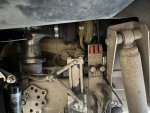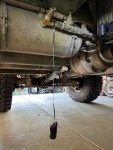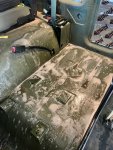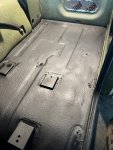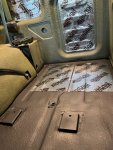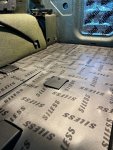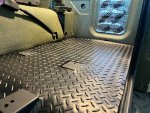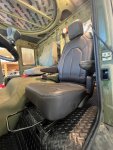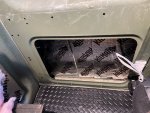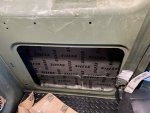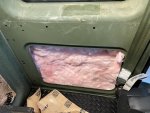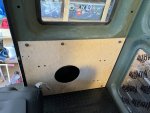I had a chance to do a little work on the truck today. Was hoping to get both sub woofers installed but the going was slower than expected, really for no good reason. A couple small screw ups here and there that I had to redo but generally it ran pretty smoothly, just took a longer than expected.
So the plan is to drop to 8” “under seat” powered subwoofers into the dead space behind the driver and co-driver seats. I’m using the under seat subs because they are thin enough to fit in the void in the truck wall. Given how thin the skin (internal and external) is on the truck I’m concerned about vibrations and am doing several layers of insulation - will see if it works or not.
So here is the first step - Kilmat on the truck skin both the exterior skin (which you can see below) but also on the interior skin - which I applied on the interior facing portion so you can’t see it - but it’s there.
View attachment 877903
After the Kilmat I applied 4mm Siless closed cell foam
View attachment 877904
Lastly I used regular fiberglass insulation to provide some baffling and more thermal and acoustic abatement.
View attachment 877905
That was all relatively easy and quick. After that I used the original plastic paneling as a template to create two new panels out of plywood. This part was a real time suck - I think primarily because of the large number of holes that need to be drilled in each piece of plywood and relative precision required, even with a template. I then cut holes for the subwoofer and speaker grill. After all the drilling, cutting and sanding I did a dry fit to check for hole alignment - which was acceptable.
View attachment 877906
Lastly I upholstered the new panel and attached the subwoofer to the back, put the grill on and fished the wiring up to the ceiling of the cab. Hoping to get the second one installed tomorrow and make some incremental progress beyond that.
View attachment 877907



